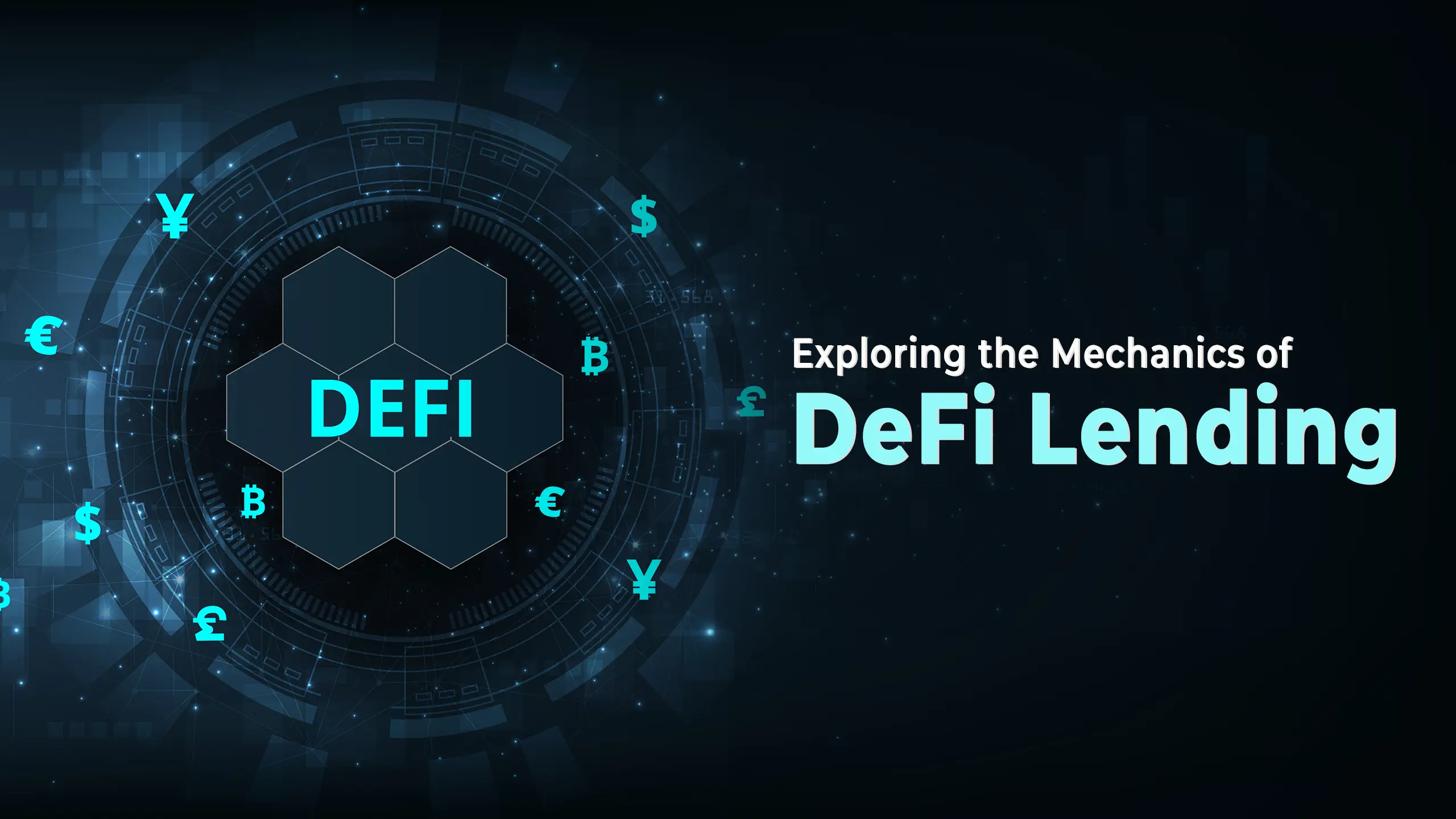Decentralized Finance, commonly known as DeFi, has emerged as a groundbreaking innovation in the financial sector, revolutionizing traditional lending and borrowing practices. DeFi lending, a prominent facet of this ecosystem, empowers individuals to lend and borrow digital assets without the need for intermediaries like banks. This article delves into the mechanics of DeFi lending, shedding light on its core concepts, benefits, risks, and the technology that underpins its operations.
The Fundamentals of DeFi Lending
DeFi lending operates on blockchain technology, predominantly utilizing smart contracts to facilitate lending and borrowing activities. Smart contracts are self-executing agreements that automatically enforce terms and conditions when predetermined conditions are met. In DeFi lending, these contracts govern the lending and borrowing process, ensuring transparency and security for all participants.
Lenders and Borrowers: Key Players
In the DeFi lending ecosystem, two primary actors play crucial roles: lenders and borrowers. Lenders provide their digital assets to the lending pool, contributing liquidity to the platform. In return, they earn interest on the assets they lend. Borrowers, on the other hand, can access these lending pools to obtain loans by collateralizing their assets. The interest rate borrowers pay is typically determined by the supply and demand dynamics within the platform.
Collateralization and Overcollateralization
One of the cornerstones of DeFi lending is the concept of collateralization. Borrowers are required to deposit a certain amount of digital assets as collateral before they can receive a loan. This collateral serves as a safeguard for lenders in case borrowers default on their loan payments. Overcollateralization ensures that the value of the collateral is higher than the borrowed amount, reducing the risk of defaults.
Automated Risk Management
DeFi lending platforms often incorporate sophisticated risk management mechanisms to maintain the stability and security of the ecosystem. Automated algorithms monitor the value of collateral and can liquidate a borrower’s assets if the collateral’s value falls below a certain threshold. This automated liquidation process ensures that lenders are adequately protected from potential losses.
Liquidity Pools and Interest Rates
DeFi lending platforms use liquidity pools to match lenders with borrowers. These pools aggregate the assets provided by lenders, creating a seamless avenue for borrowers to access funds. The interest rates for borrowing are determined algorithmically based on supply and demand dynamics. High demand for loans can lead to increased interest rates, incentivizing lenders to contribute more assets to the pool.
Benefits of DeFi Lending
DeFi lending offers several compelling advantages over traditional lending systems. These include:
Accessibility: DeFi lending is accessible to a global audience, irrespective of geographical location or traditional banking relationships.
Transparency: Smart contracts ensure transparency, as all lending and borrowing terms are pre-defined and automatically enforced.
Reduced Intermediaries: DeFi lending eliminates the need for intermediaries like banks, resulting in lower fees and faster transactions.
Yield Generation: Lenders can earn attractive yields on their digital assets by participating in DeFi lending.
Risks and Considerations
While DeFi lending presents numerous benefits, it is not without its risks:
Volatility: The value of collateralized assets can be volatile, leading to potential liquidations in the event of rapid price fluctuations.
Smart Contract Vulnerabilities: Bugs or vulnerabilities in smart contracts can lead to security breaches and financial losses.
Regulatory Uncertainty: DeFi is a relatively new sector and may be subject to evolving regulatory frameworks in different jurisdictions.
Counterparty Risk: Although automated, DeFi protocols are developed by teams and can carry risks associated with their credibility and trustworthiness.
Conclusion
DeFi lending has transformed the traditional lending landscape, offering a decentralized, transparent, and efficient alternative. Through smart contracts, collateralization, and automated risk management, DeFi lending platforms provide opportunities for both lenders and borrowers to engage in secure and profitable transactions. While the sector is still evolving and carries certain risks, its potential to reshape the financial industry is undeniable, making it a fascinating area to watch as it continues to mature.




